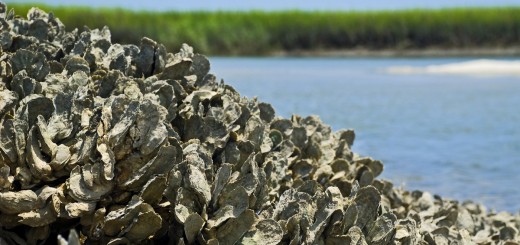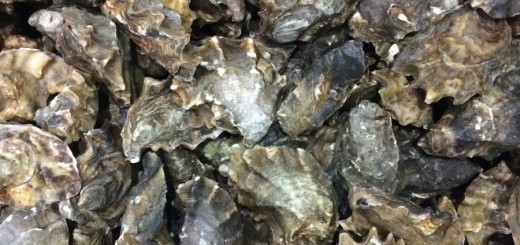Productivity of the Industry
The productivity of oyster production has been observed and measured only in recent decades. Average physical product of labor, or APL, data is one method of collecting and waging the industry’s productivity. This data is estimated from the oyster’s meat weight and the total labor force from each coastal state. The greatest decline in the industries productivity stems from disease, such as MSX which spawned around the 60s, and are paralleled by property rights which entail the environments in which these oysters are grown. Property rights differentiate whether oysters are being cultured in private beds, which has been observed to increases productivity, and commercial practices which in many cases result in a greater decline in productivity. In general, the greatest factors effecting the industry today is the choice of methods used to cultivate oysters due to harsh water conditions that often jeopardize young larvae. The mortality of young oysters, effected by disease and lack of proper conditions, determines much of the productivity of the industry, thus causing a greater need for private and more specified nurseries to accommodate these conditions, especially along the Pacific Northwest.
Source:
ITo, Susumu, and Takeo IMAi. “Ecology of oyster bed I. On the decline of productivity due to repeated cultures.” Tohoku Journal of Agricultural Research 5.4 (1955): 251-268.



